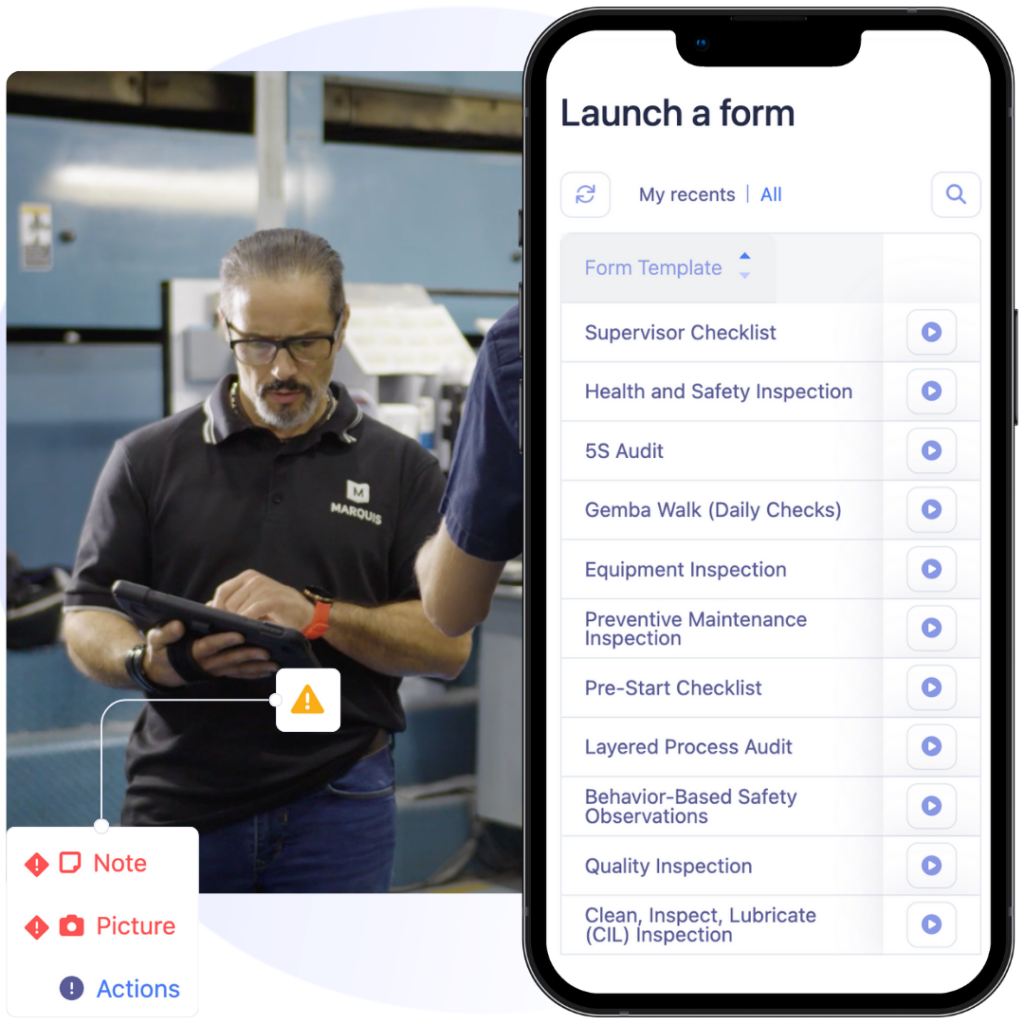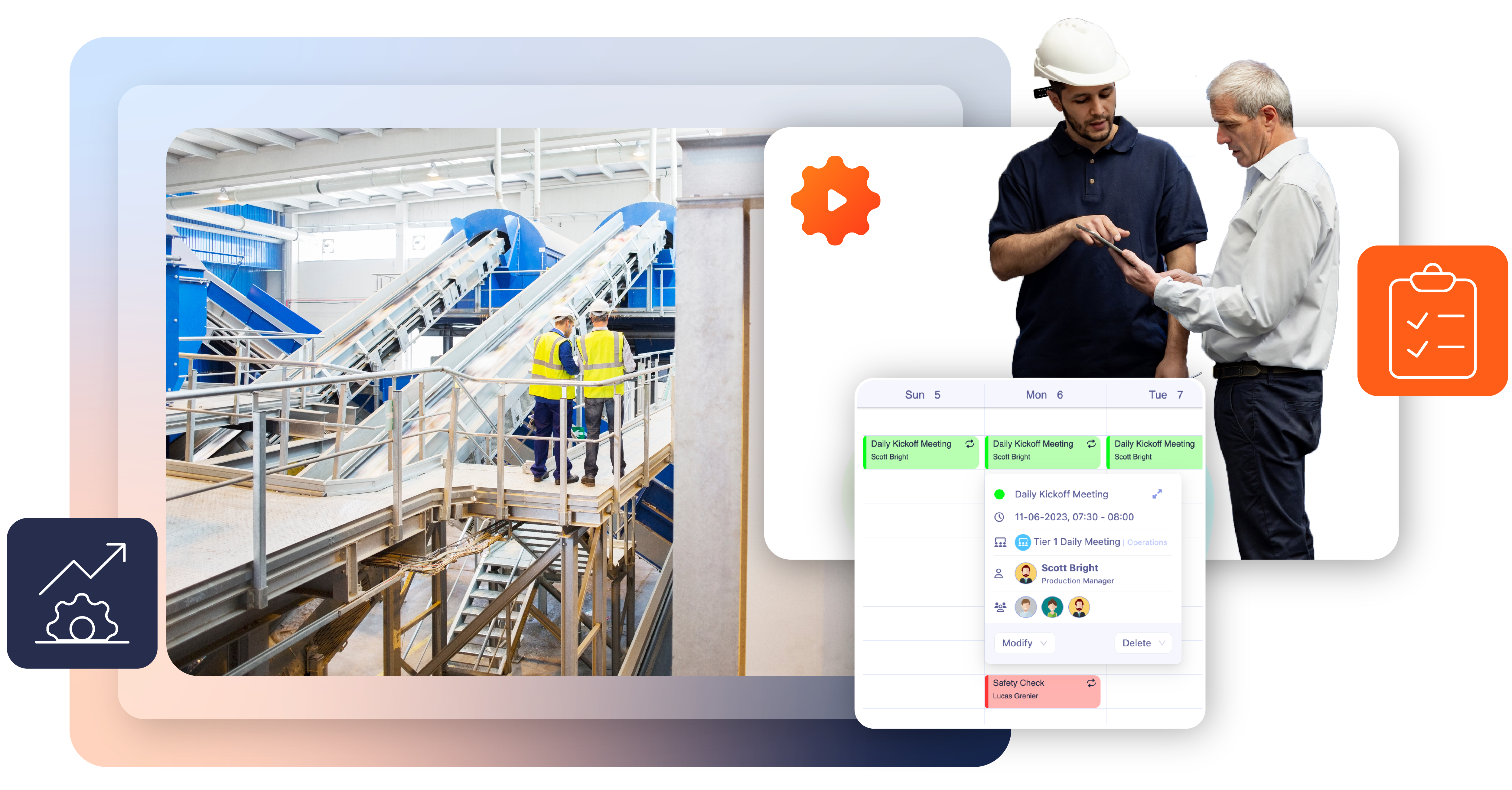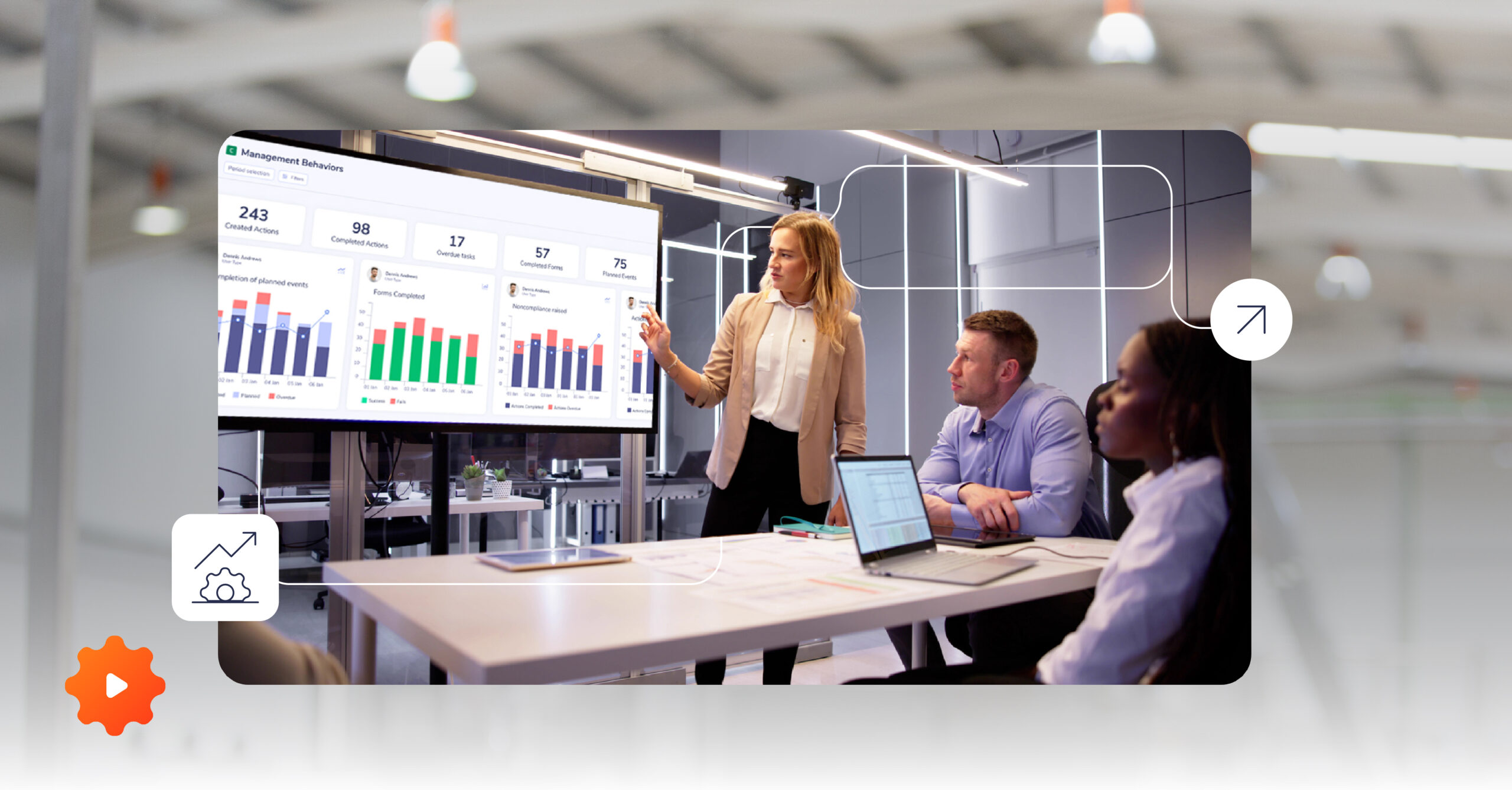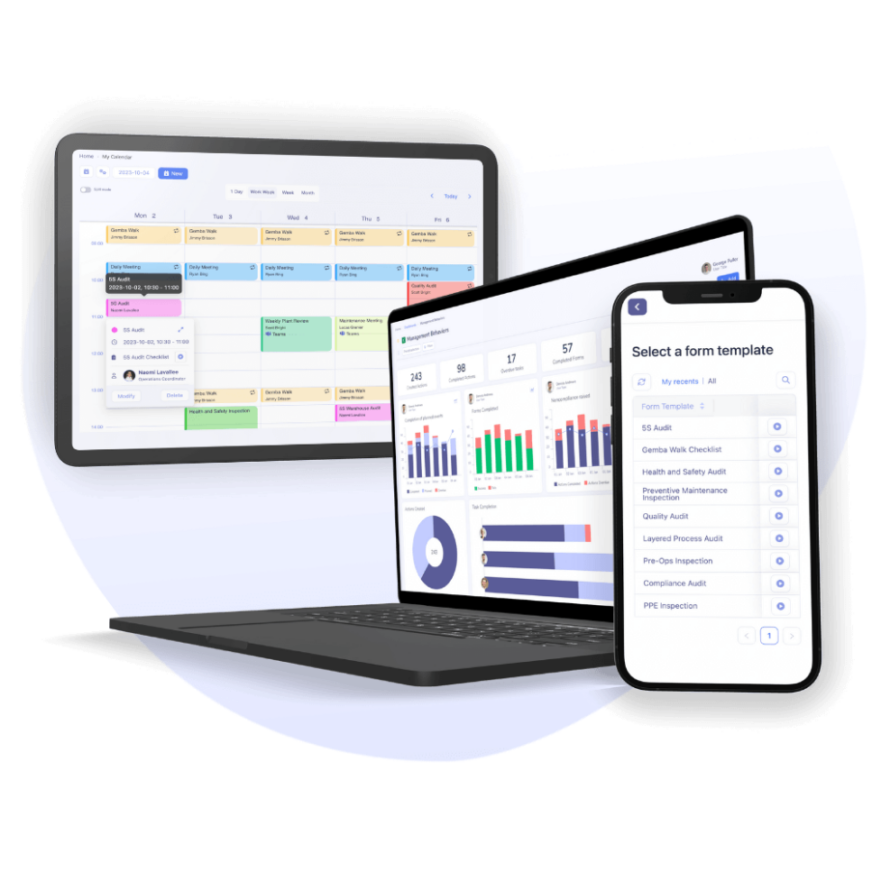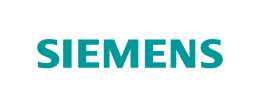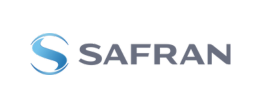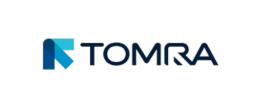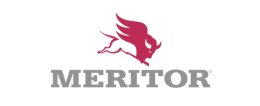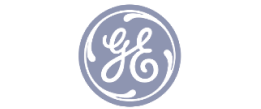Lean Management System Explained: From Basics to Performance
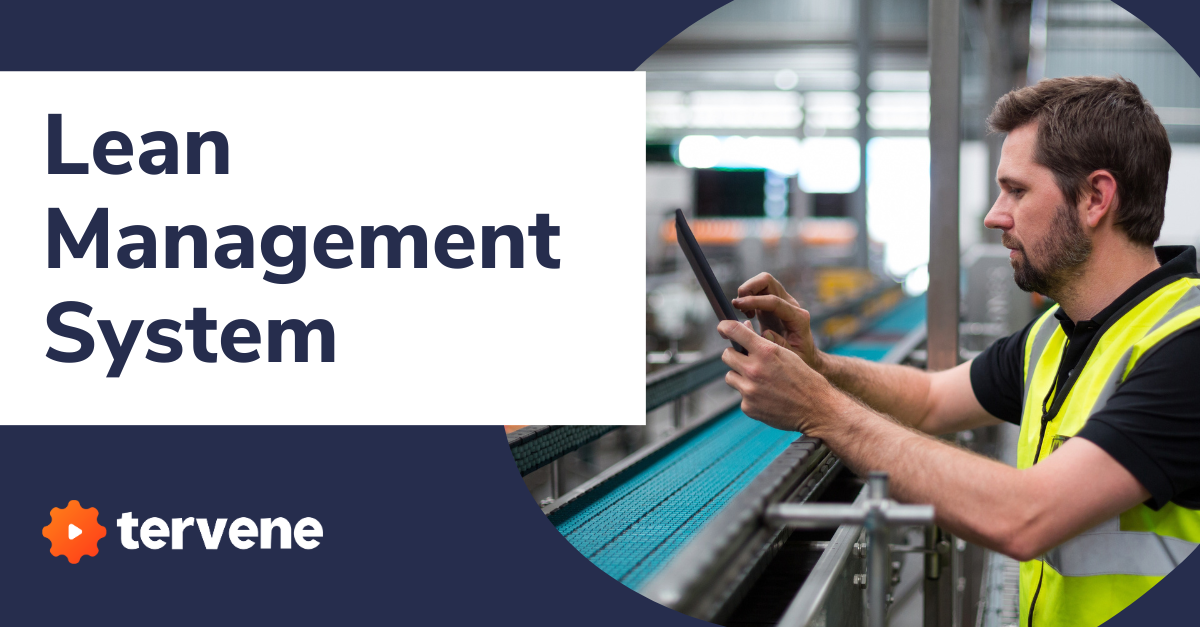
| Audience: | Manufacturing Managers, Healthcare Administrators, Operational Excellence and Lean Management Practitioners, HR Coordinators, Organizational Leaders |
| Last updated: | August 30, 2025 |
| Read time: | 6 mins |
- An LMS uses digital tools to sustain continuous improvement through standardized practices.
- Implementing an LMS boosts efficiency, reduces waste, and enhances employee engagement.
- Successful LMS adoption requires a company-wide commitment and digital tools to streamline the transition and foster continuous improvement.
A Lean Management System is a technical and organizational solution for structuring continuous improvement in your organization. Lean Management software provides the framework for maintaining a steady and sustainable pace toward the long-term objectives of Lean. Here are explanations about the benefits of Lean Management Systems and our advice for implementing them.
What is a Lean Management System?
A Lean Management System (LMS) is a structured approach to implement and sustain Lean principles within an organization.
An LMS for an organization is the equivalent of the operating system for a computer. It involves digital solutions to help organizations apply the core principles of Lean:
- Define value (understand what customers really value).
- Map the value stream (eliminate waste).
- Create a flow (of value-adding activities).
- Establish pull (including just-in-time strategies) and pursue perfection (with continuous improvement processes).
Moreover, an LMS is also a methodological framework to foster a lean culture in your organization.
Components of an LMS
That being said, technology plays a crucial role in structuring a lean organization. Here are the critical elements for performance and improvement management:
Leader Standard Work (LSW)
Leader Standard Work is a structured approach to standardize routines, skills, and tools. LSW’s objective is to eliminate process variation and boost efficiency. It contributes to Lean Daily Management, which focuses on daily operations (including Gemba Walks, where leaders go to the front lines) to ensure alignment with goals and continuous improvement.
Visual Management
Visual Management is critical for Lean because it contributes to clear communication and breaks down complex data into actionable insights. Such methods and tools include SQCDP (Safety, Quality, Cost, Delivery, and People) indicators and Kanban boards with an overview of tasks and workflows.
Digital solutions include personalized and automated reports with dashboards embedded in collaboration platforms (through iFrame).
The Japanese 5S Lean Methodology
The Japanese 5S Lean Methodology aims to create a more organized and productive workspace. In English, the 5S stands for Sort, Set in Order, Shine, Standardize, and Sustain. In addition, a 6Th S emphasizes the importance of Safety.
For instance, with Tervene’s software, you can digitize your 5S audit checklist, build custom checklists, track actions, and generate reports.
Continuous Improvement
Continuous Improvement is the ultimate goal of a lean strategy. Project management and task tracking software make it easier to follow continuous improvement methodologies like PDCA (Plan-Do-Check-Act) cycles and Kaizen.
Industry leaders leverage Tervene to implement lean manufacturing tools

Challenges of traditional Lean Management approaches
Resistance to change can stifle lean initiatives. Companies accustomed to traditional paper-based systems often need to pay more attention to how their tried-and-true system is time-consuming, inefficient, and error-prone. Additionally, they undervalue the cost of maintaining a paper trail and face compliance risks.
Benefits of implementing an LMS
Lean Management Systems help companies streamline processes through standardized work and digitized processes. They also increase efficiency and productivity, reduce waste, and improve quality and customer satisfaction.
For example, with Tervene’s Lean Daily Management System, our customers are 58% quicker to perform an audit and address nonconformances. They also identified and solved 3.3 more issues in the first six months.
Moreover, a LMS enhances employee morale and engagement. This human factor is crucial as many lean projects lose momentum after initial bursts of improvement. Over time, teams can lose motivation and resist change because they get lost in the daily hustle and bustle and lack long-term perspective. In fact, between 50% to 95% of lean projects fail because companies rely on tools and techniques without fully embracing this continuous improvement goal at the heart of lean.
A unified LMS facilitates the data collection, analysis, and communication teams need to measure their progress. With this shared structure and culture, teams can embrace change and feel empowered to seek opportunities for continuous improvement.
Standardize and structure lean manufacturing processes with Tervene’s tools
Implementing an LMS
Implementing an LMS requires a company-wide change, but digital tools can help to fast-track this change. In fact, Lean Daily Management (LDM) systems can be set up in 4 to 8 weeks to help build Lean habits and manage continuous improvement and daily operations in the workplace. Managers also need a framework to standardize their practices, prioritize objectives, and support their teams.
With Tervene’s Leader Standard Work software, team leaders, supervisors, and managers can define and use templates to execute daily, weekly, and monthly tasks. Most importantly, LSW fosters proactive supervision and control over daily operations. With structured Gemba Walks, periodic inspections (Health Environment Safety, 5S audits), and daily checks, managers can progressively move away from fire-fighting mode and practice proactive management.
Implement a Lean Management System
Build a culture of continuous improvement with tools that strengthen operational control, accountability, and problem‑solving.
Industry leaders use Tervene’s Lean manufacturing tools to eliminate waste, reduce process variation, and deliver more value at every level of their organization.
Discover Tervene’s Lean manufacturing tools